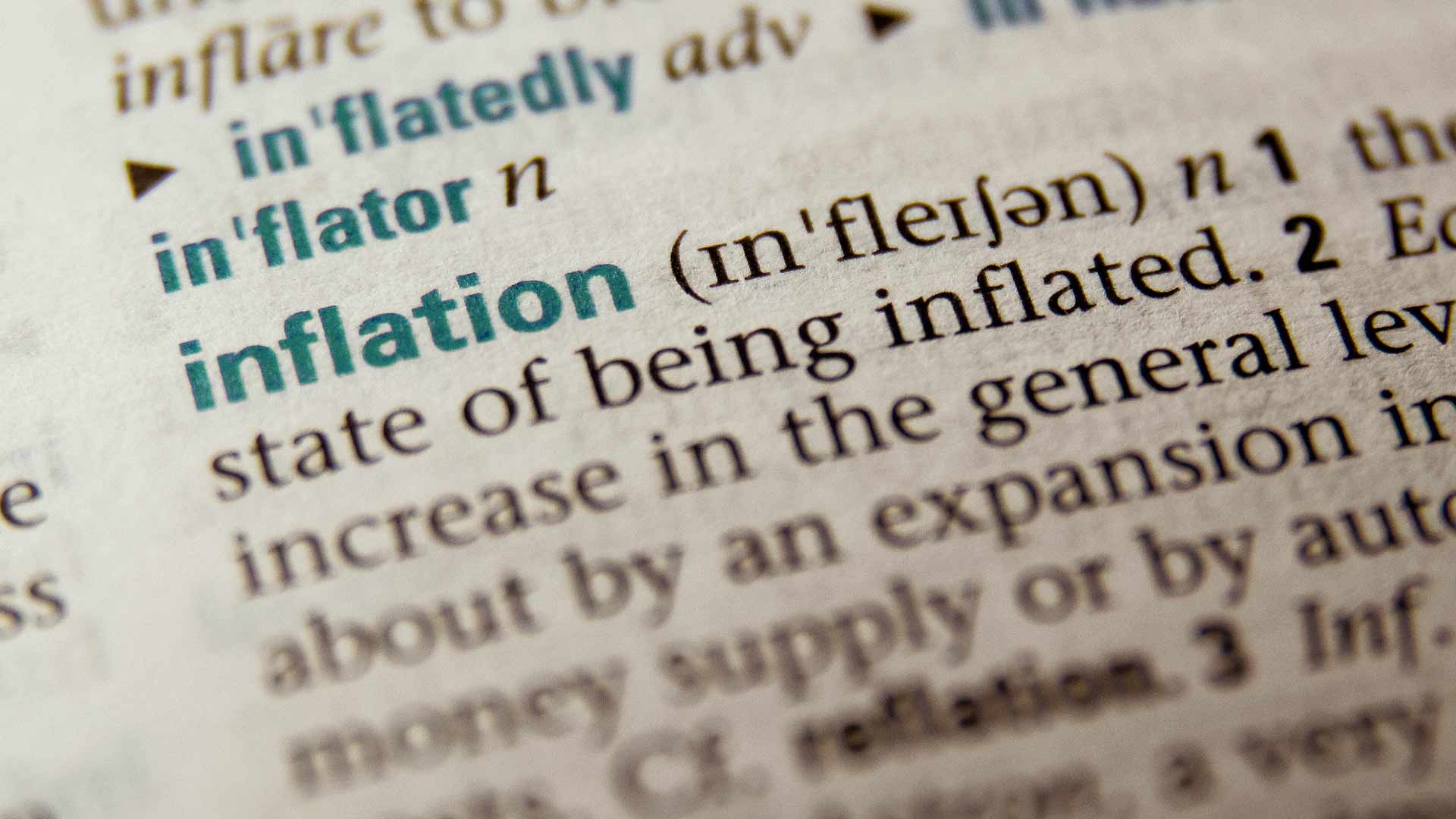The interest rate you earn on a savings account is vitally important, because it determines how much you earn when you keep your money invested. Understanding what that number means will help you make an informed decision on whether Product A is better than Product B. Unfortunately, these rates aren’t always clear: you might be presented with offers quoting ‘real’, ‘nominal’ or ‘advertised’ interest rates.
Always be sure to ask for both the nominal and ‘effective’ annual interest rates, and use both figures when comparing offers. The ‘nominal’ rate refers to the interest you’d earn over the year if you withdraw that interest from the account every month. The annual ‘effective’ rate reflects the amount paid over the year if the interest is added to the account balance every month. This number reflects the true return you can expect on your investment, because it includes the effect of compound interest.
Understanding the percentages
Interest rates on savings accounts are always advertised as a percentage ‘per annum’, meaning per year. So, if you deposit R1,000 in a 10% interest account for a year, if interest is only calculated once at the end of the year, you’ll expect to earn R100 over that period.
But the situation changes if that interest is calculated every 6 months, every 3 months, once a month, or even every day. For example, if interest is compounded monthly: at the end of the first month your R1,000 savings has earned 1/12th of that 10% per year – or R8.50 – which is then added to the original balance, so at the end of your second month the interest due is calculated on R1,008.50. Repeat that process every month, and the interest you actually earn – your effective rate – is higher than the nominal rate.
Interest rates are often advertised in a simplified form to get the message across quickly, with an asterisk to indicate that there are terms and conditions. Investigate the T&Cs closely: how often is interest calculated at the nominal rate, and what does that make the effective rate over a year?
Compound interest is your friend
The nominal interest rate is sometimes called the ‘advertised’ interest rate. What we have described above – interest being calculated at regular intervals and then being added to the principal amount, to earn interest upon interest – is called compound interest. This gives you the effective rate at which you can expect your investment to grow every year.
What’s interesting about compound interest is that the more often your interest is calculated during the year, the more your effective interest rate rises above the nominal rate. For instance, a 10% nominal interest account will return an effective rate of 10.516% if interest is calculated daily, 10.471% if it’s calculated monthly, and 10.25% if it’s calculated yearly.
‘Real interest’ is a term used less often than the other rates. It reflects the interest rate you earn once inflation has been stripped out. Your effective interest rate should be higher than the inflation rate to make an investment worthwhile, so that the real interest rate remains a positive number. The real rate lets you see how well your investment is growing in real terms, as inflation nibbles away at its purchasing power.
Compound vs simple interest
Here’s an example of how compound interest is better than simple interest over the long term.
If interest is calculated and paid daily, and using the example of R1,000 in a savings account that pays 10% interest, you will start by earning 28c interest per day. So, on Day 2 your account balance will be R1,000.28.
The interest for Day 2 is calculated on this balance of R1,000.28, not your original deposit of R1,000. By the end of the first year, your daily interest will have grown to 31c and the balance in your account will be more than R1,105. Fast-forward 10 years and your R1,000 will have grown to more than R2,700.
Compare this to an account paying 10% simple interest: R100 that is not added to the capital amount every year. After 10 years, you will have a balance of only R2,000, because you haven’t been earning interest on interest. Even if compounded monthly instead of daily, a nominal interest rate of 10% gives you an effective rate of 10.47%.








